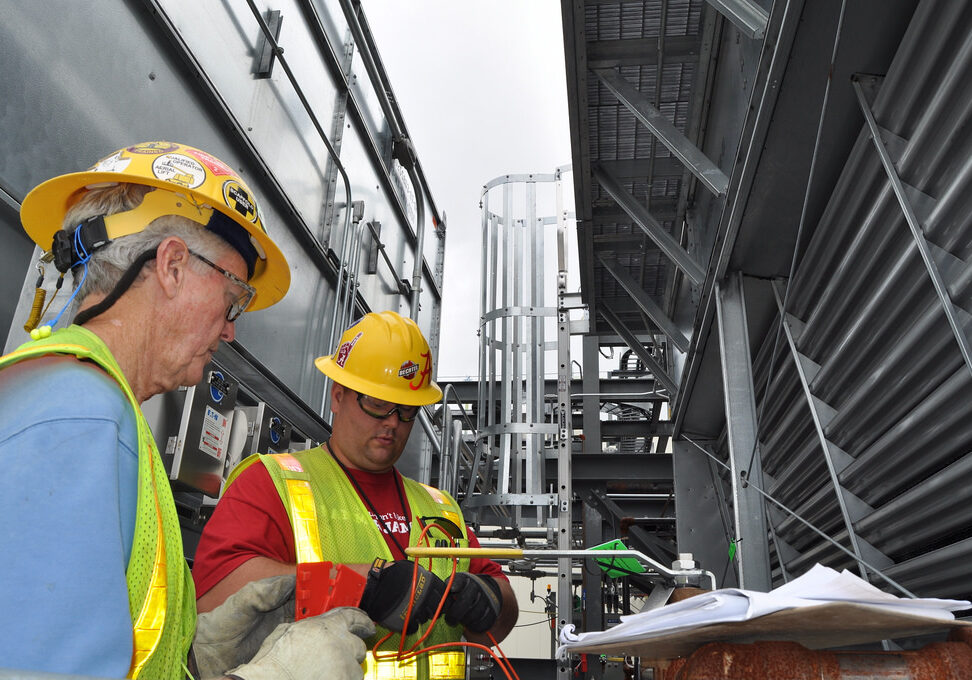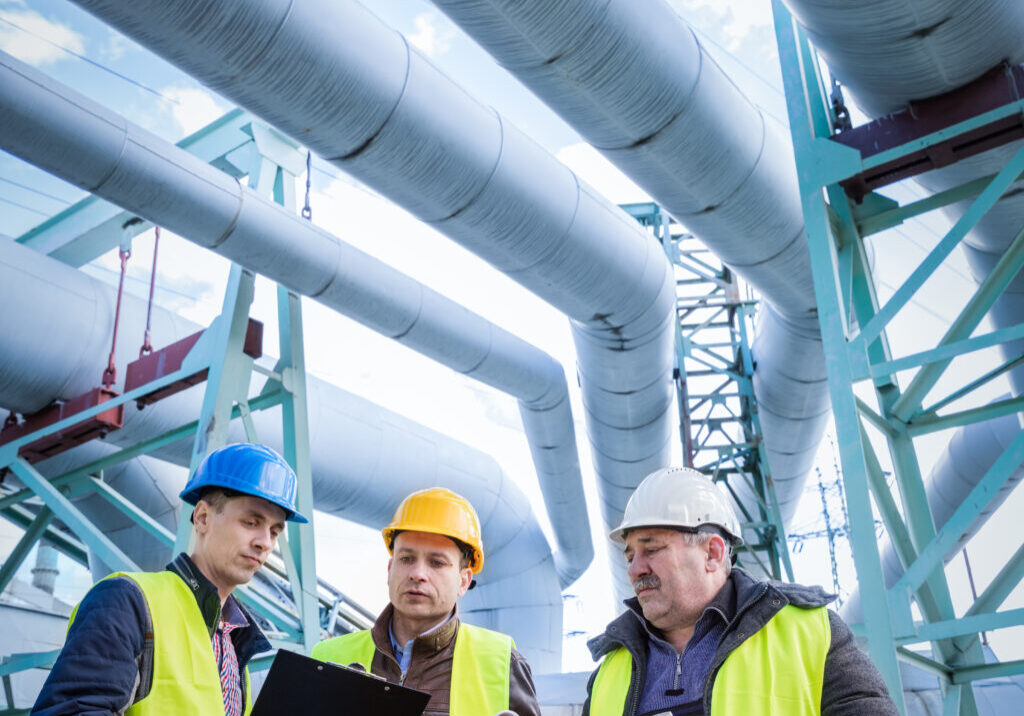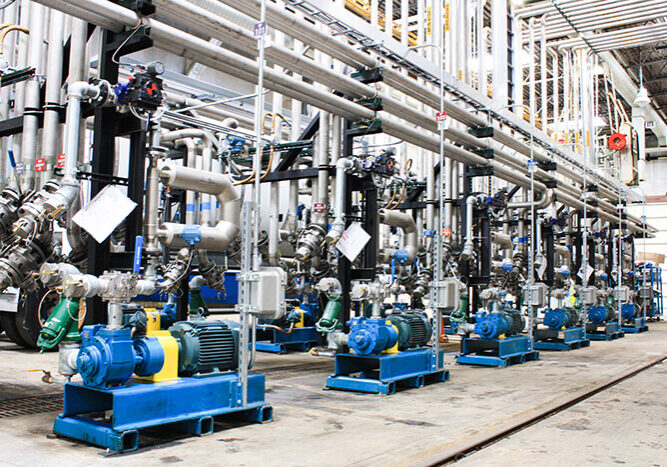Equipment Series: Turbines

In the upcoming posts in our Equipment Series, we will be sharing information about the various types of machinery we work on at HDS, other than pumps. For a primer on the various pump types, visit our Blog. After pumps, one of the most common types of equipment brought in to HDS for repair are turbines. Turbines are rotary mechanical devices that turn through the use of flow from fluids or other sources to create energy. They use a rotor assembly with drums or blades and are often used to create electrical power in combination with a generator. Among the general public, wind and water turbines are perhaps the best known.
Types of Turbines
Turbines work in either impulse or reaction terms.
Impulse turbines (Pelton wheel and Cross-flow) These turbines use fluid moving at high speeds entering through a narrow nozzle to make the blades spin. An impulse turbine’s blades are curved or bucket shaped in order to catch the fluid. The fluid is then either directed at an angle or back through the nozzle for efficiency purposes. Impulse turbines are simply designed, easy to build, and come with a low maintenance cost given they don’t necessarily need a housing or pipe to operate.
– Water turbines are often impulse turbines, although they can be at rare times reaction turbines.
Reaction turbines (Kaplan, Francis, and Kinetic) These turbines use a larger fluid volume to turn blades while the fluid flows past them. Unlike impulse turbines, reaction turbines do not change the direction of the fluid flow. They just turn as fluid pushes through and past the blades. In short, the moving fluid gives the turbine flow a sort of reverse direction, just as swimming causes water to flow in the opposite direction.
– Wind turbines are one of the most common examples of reaction turbines.
Applications for Turbines
A turbine can also be further classified by the type of element used to cause its motion.
1. Steam turbines – They are powered by hot, gaseous steam and work with both gas and hydro sources. Steam is made and passes through the rotor to make the blades turn. A typical steam turbine used in a power plant can rotate at 1800–3600 rpm, or about 100 to 200 times faster than a wind turbine
2. Gas turbines – These turbines can be multistage and are driven by a mixture of air and hot gases made by burning fuel. Gas turbines are commonly used in jet engines, railroad locomotives, and industrial equipment.
3. Hydro turbines – They use the flow of water to create motion and energy. They are even used in damns to create hydroelectric power.
4. Wind turbines – Instead of using fluid to make the blades turn, wind turbines use the wind, as seen in wind farms.
Industries that use turbines include but are not limited to:
• Hydro-electric
• Power plants
• Reservoirs
• Aerospace
• Marine
• Defense
• Transportation
• Energy, oil, and gas
At Houston Dynamic Service, we have extensive knowledge on how to maintain, inspect, and repair turbines. To learn more contact us to discuss how we can keep your turbines running their best.
Share this post:



